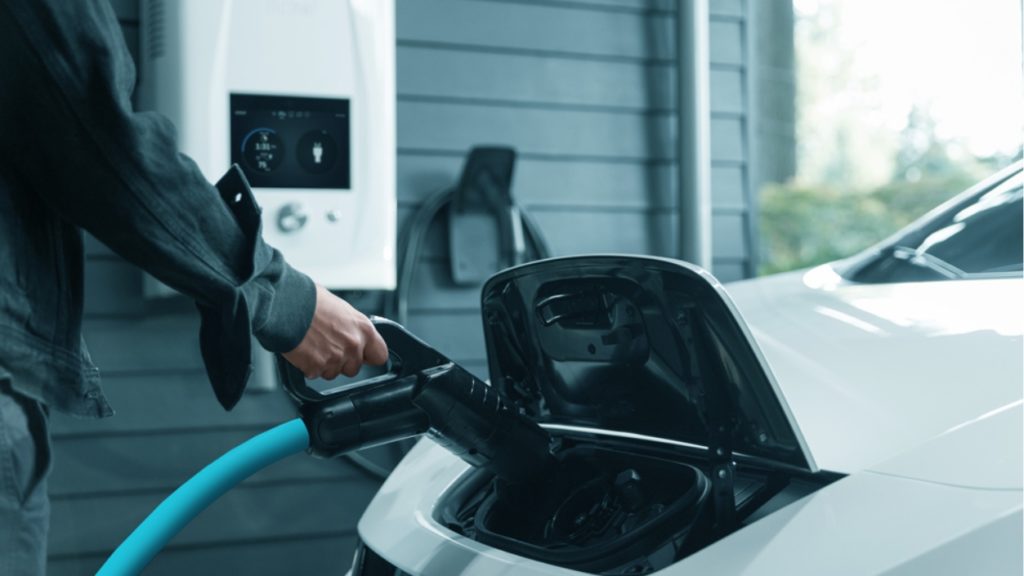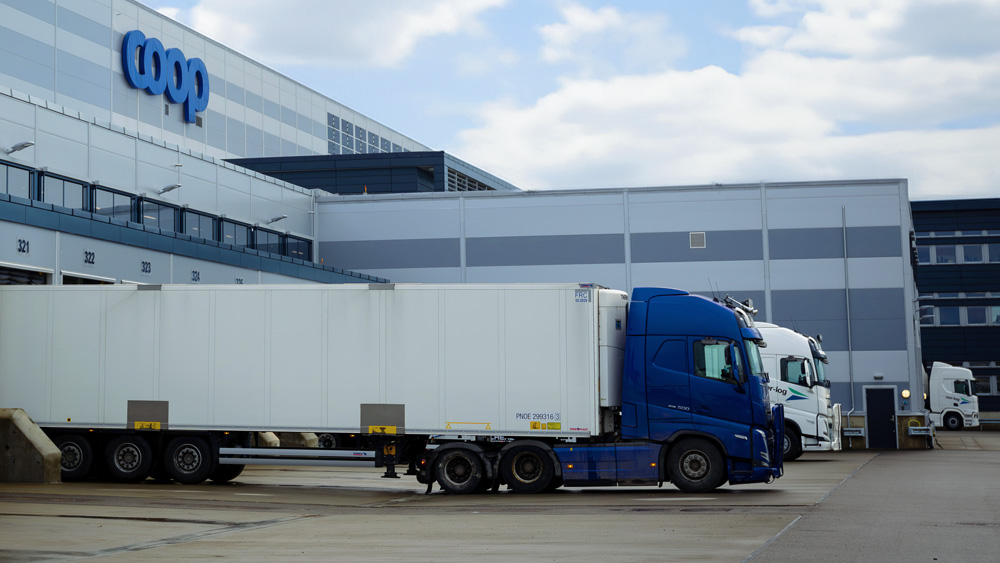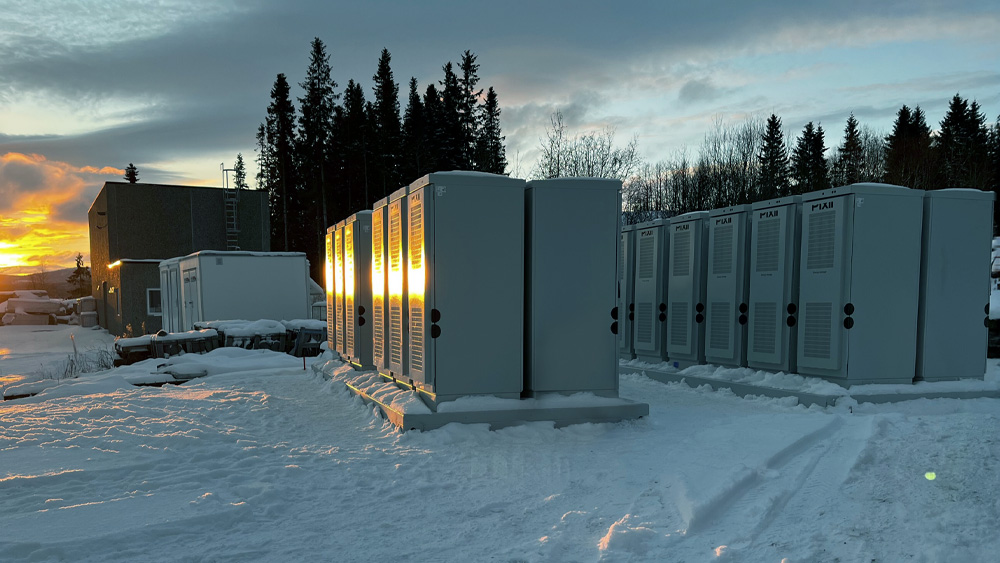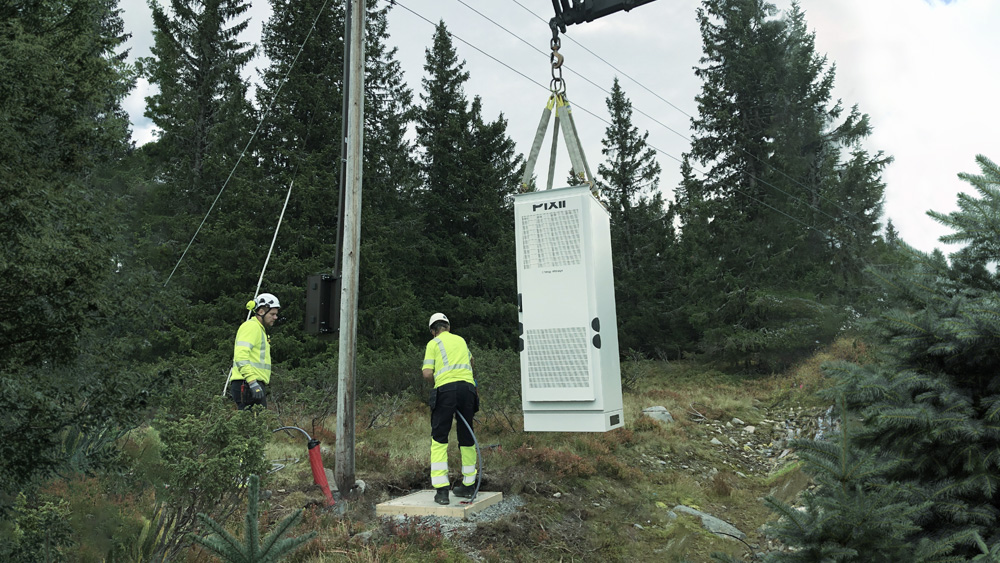
As the electrification megatrend continues to drive the widespread adoption of electric vehicles, the rollout of EV chargers is increasing at a rapid pace, challenging the grid.
The growth will impact both the maximum incoming power capacity and the electricity bills of buildings and locations where EV-chargers are installed. In order to address these challenges, the introduction of energy storage with smart fuctionality is crucial.
Upgrading old grid infrastructure is often too costly, and with ever rising energy prices and the push for green energy, you need a flexible solution to multiply available power, whilst minimizing CO2 and demand charges
When the grid becomes the bottleneck
When a large number of EV chargers are installed in a single location, such as a parking lot, garage, or office building, it can put a strain on the grid connection. The increased peak power demand may exceed the capacity that the grid connection was designed for, requiring costly upgrades to the feed. This could involve anything from changing the rating on the incoming fuse to upgrading the incoming cabling or upstream transformers. These upgrades can be expensive for the distribution system operator (DSO) and ultimately passed on to consumers through higher fees and charges.
In addition to the impact on the grid connection, the increased peak power demand can also lead to higher demand charges for the building. These charges are based on the highest average power over a short time period, typically 15-30 minutes. The demand charge can have a significant effect on the electricity bill and add to the overall cost of EV charging.
Furthermore, EV charging often coincides with times of high grid demand and high electricity prices, further increasing the cost of charging.
Smart manage your energy to reduce cost
Pixii’s energy storage systems can intelligently communicate and interact with the EV chargers to help mitigate these challenges. By using the energy storage system to keep the peak power demand down, you can avoid costly upgrades to the grid connection and minimize the impact of demand charges. The energy storage system can also be used to buy power at cheap, off-peak times and use it in the evenings when demand is higher, helping you to reduce the overall cost of EV charging.
Our compact battery energy storage system is fully integrated, allowing you to utilize excess solar energy that might otherwise be sold back to the grid at a close to zero prize. By storing this energy for later use, it can be used during times of high electricity prices and demand, helping to optimize the benefits of EV charging and ensure a more sustainable and cost-effective electrified future.
And finally, with a smart battery energy storage system businesses can participate in the energy flexibility markets, such as demand response programs and frequency regulation, allowing them to monetize the system’s flexibility for additional revenue streams.


